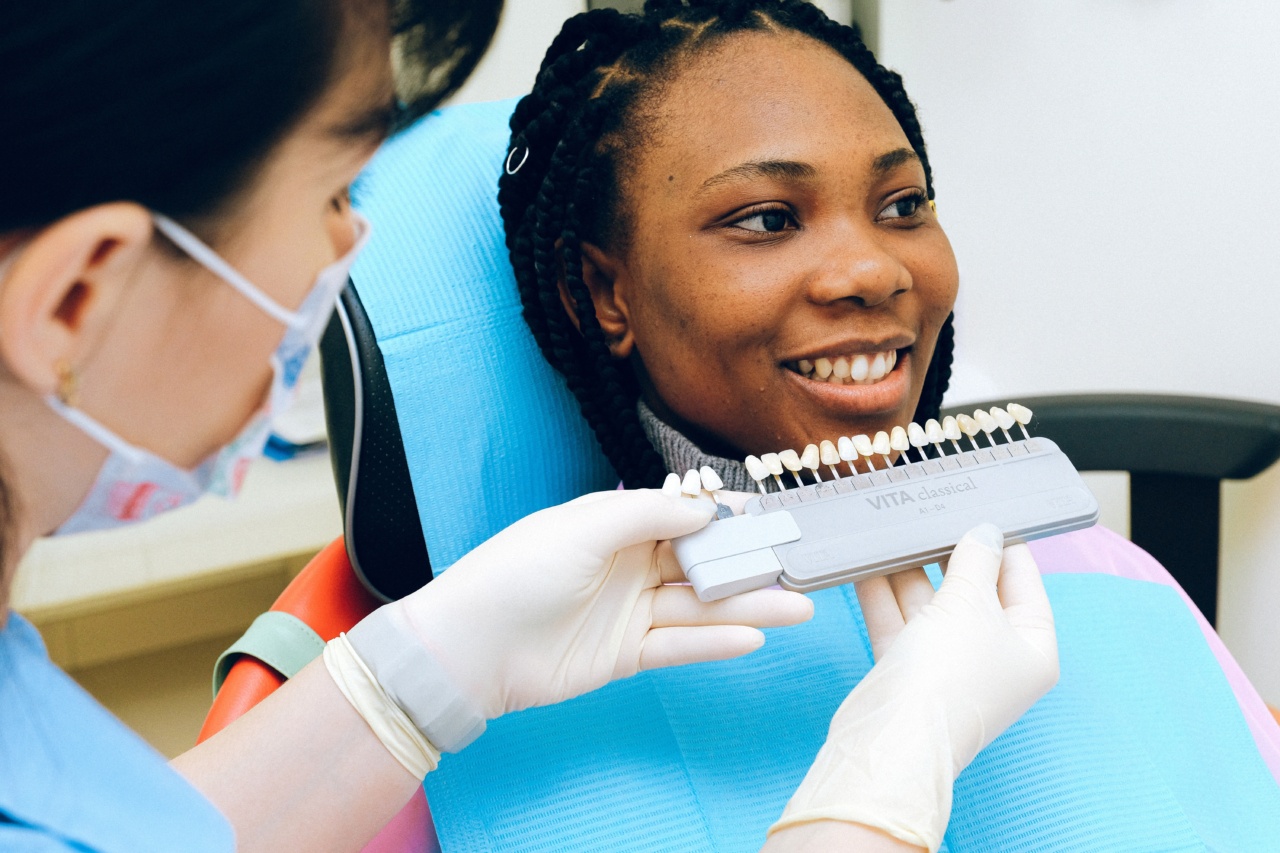Oral cancer refers to the abnormal growth of cells in the oral cavity, which includes the lips, tongue, cheeks, floor of the mouth, hard and soft palate, sinuses, and pharynx.
It is a serious and potentially life-threatening condition that, if left undetected and untreated, can spread to other parts of the body.
Understanding the Importance of Early Detection
Early detection of oral cancer plays a crucial role in successful treatment outcomes. Like most forms of cancer, oral cancer is easier to treat when detected at its early stages.
Regular screening and check-ups can help identify any suspicious growths or abnormalities in the oral cavity, allowing for early intervention.
The Challenges of Current Screening Methods
Conventional methods of oral cancer screening include visual examination, palpation, and biopsy.
While these methods have been effective to some extent, they are often subjective and depend on the experience and expertise of the healthcare professional performing the screening. Additionally, these methods may not always detect premalignant or early-stage lesions.
A Revolutionary Test for Early Detection
Researchers and scientists have been working tirelessly to develop innovative and accurate methods for the early detection of oral cancer. One such revolutionary test that has shown promising results is the use of salivary biomarkers.
The Science behind Salivary Biomarkers
Saliva contains a wealth of information about our overall health, including the presence of disease markers. Studies have identified specific salivary biomarkers that are associated with oral cancer.
These biomarkers are molecules or genetic material that can indicate the presence of abnormal cells or the risk of developing oral cancer.
The Advantages of Salivary Biomarker Testing
Salivary biomarker testing offers several advantages over traditional screening methods:.
- Non-invasive: Collecting saliva samples is a painless and non-invasive procedure, making it more accessible to a larger population.
- Highly sensitive and specific: Salivary biomarker testing has shown high sensitivity and specificity in detecting oral cancer and pre-cancerous lesions, even at early stages of the disease.
- Cost-effective: Salivary biomarker testing can be a cost-effective option compared to more invasive and complicated diagnostic procedures.
- Rapid results: Salivary biomarker testing can provide fast and accurate results, allowing for early diagnosis and timely intervention.
The Process of Salivary Biomarker Testing
The process of salivary biomarker testing involves the following steps:.
- Saliva sample collection: The individual provides a saliva sample, either by spitting into a collection tube or using specialized collection devices.
- Biomarker analysis: The collected saliva sample undergoes laboratory analysis, where specific biomarkers associated with oral cancer are identified.
- Result interpretation: The test results are analyzed and interpreted by healthcare professionals, who can determine the presence of oral cancer or the risk of developing the disease.
The Potential of Salivary Biomarker Testing
Salivary biomarker testing has the potential to revolutionize early detection of oral cancer.
By identifying specific biomarkers, healthcare professionals can detect the presence of oral cancer at its earliest stages, which significantly improves treatment outcomes and survival rates. Additionally, salivary biomarker testing can also aid in monitoring disease progression and assessing treatment efficacy.
Challenges and Future Developments
While salivary biomarker testing shows great promise, there are still challenges that need to be addressed.
Further research is necessary to validate the accuracy and reliability of salivary biomarkers in different populations and to establish standardized protocols for testing.
The future developments in salivary biomarker testing may include the integration of technological advancements, such as artificial intelligence and machine learning algorithms, to enhance the accuracy and efficiency of test results.
Early Detection Saves Lives
Early detection remains crucial in the battle against oral cancer.
By embracing innovative methods like salivary biomarker testing, healthcare professionals can improve early detection rates, enabling timely intervention and potentially saving countless lives.




























